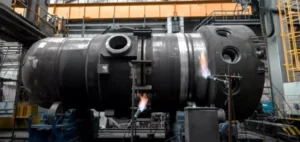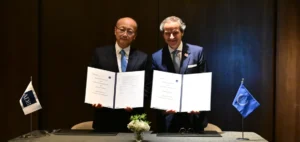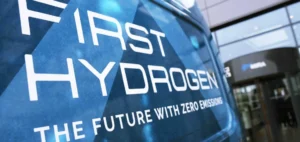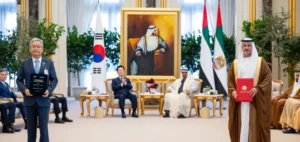The recent signing of a historic commitment by 22 countries, including the United States, Canada, Japan, France, the United Kingdom and the United Arab Emirates, at the United Nations Climate Change Conference in Dubai, has opened a new chapter in the fight against climate change. This ambitious agreement aims to triple nuclear power generation capacity by 2050 compared with the base year of 2020, a move unprecedented in the history of nuclear power.
The Commitments of the Signatory Countries
The signatories of the Declaration aim to achieve a global goal of zero net greenhouse gas emissions by 2050, and to keep the 1.5 degree target within reach. They are committed to supporting the development and construction of nuclear reactors, including small modular reactors and other advanced types, not only for power generation but also for broader industrial applications in decarbonization, such as the production of hydrogen or synthetic fuels.
Involvement of international financial institutions
Participating countries will encourage the World Bank and other international and regional development banks to include nuclear power in their energy lending policies. This decision recognizes the importance of extending the life of existing reactors, and pledges to support “responsible nations” seeking to deploy new generations of civil nuclear power.
Annual Review and Expansion of the Signatory Circle
The participants called on other countries to join the declaration, and announced that they would review the agreement’s progress annually on the sidelines of the COP meetings. Signatories include the United States, Canada, Japan, France, the United Kingdom and the United Arab Emirates, as well as several other European and Asian countries.
Nuclear Capacity Projections and Challenges
According to analysts at S&P Global Commodity Insights, global nuclear capacity is set to grow by 58% by 2050. Global nuclear production, which was set to reach 2,545 TWh in 2022, was down 100 TWh on the previous year, mainly due to technical problems in aging French reactors, as well as production cuts in Germany and the impact of the war in Ukraine. However, nuclear power generation in Asia increased by 37 TWh last year.
The Future of Nuclear Energy in the Gulf
The United Arab Emirates has become the first Gulf country to produce nuclear power, with the commissioning of the fourth reactor at the Barakah power plant in November. These units will supply up to 25% of the country’s energy needs, generating 5.6 GW, or almost 40% of the UAE’s peak demand. Saudi Arabia, although currently without nuclear power generation, plans to add around 17 GW of nuclear capacity by 2040.
The global commitment to nuclear power reflected in this historic agreement represents a crucial step towards a more sustainable energy future. With sustained effort and international collaboration, tripling nuclear capacity could play a key role in achieving net-zero emissions targets and combating climate change.






















